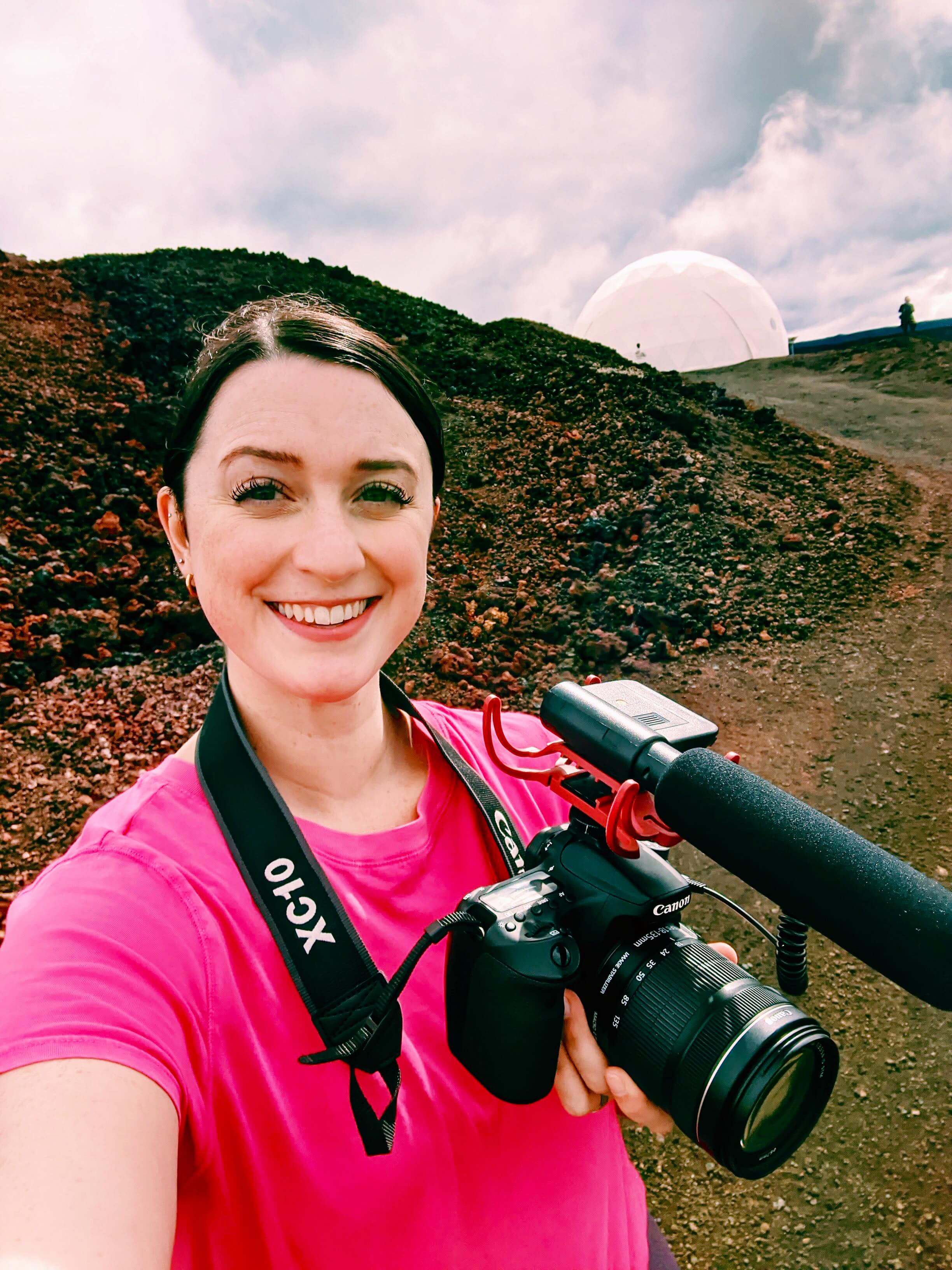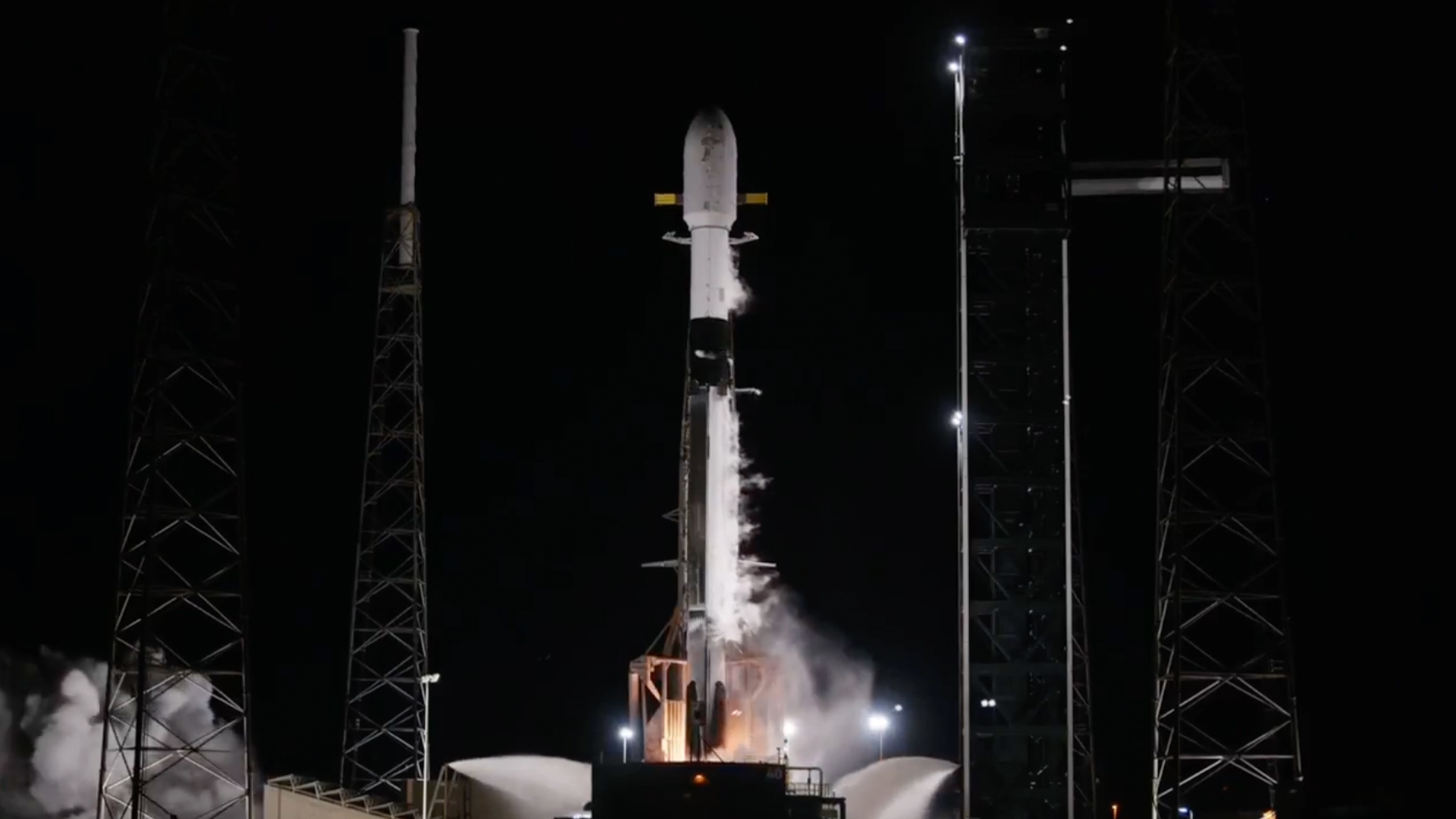Shutdowns from coronavirus create blue skies in California, could inform future pollution control
Blue skies and fluffy white clouds have come to California, but it isn't good news.
As businesses temporarily close and reduce hours and people around the world limit travel and practice social distancing amid the coronavirus pandemic, Earth-orbiting satellites have observed significantly reduced emissions of nitrogen oxides, which come primarily from cars, trucks, power plants and factories. The decrease in emissions was especially prominent in California, which was the first state in the U.S. to issue a shelter-in-place order, and has led to fresh air and a beautiful bright blue sky for residents of Southern California.
Using data from instruments on the ground, aircraft and satellites, the California Air Resources Board's Air Quality and Meteorological Information System tracks air pollution. For Los Angeles and San Bernardino in California, they found significant decreases in air pollution. In some areas, air pollution has decreased by more than 50% at nighttime, according to a statement.
Related: The coronavirus pandemic and space exploration: Full coverage
More: Free space projects for kids at home due to coronavirus outbreak
"Traffic-related pollution has been shown to be associated with short-term and long-term respiratory health impacts, so sensitive groups with high outdoor exposure will have a respite from vehicle pollution during this time," Cesunica Ivey, a researcher and chemical/environmental engineer at the University of California Riverside, said in the same statement.
Ozone troubles
However, according to Ivey, this pollution reduction has led to higher levels of ozone at night. Ozone, which can also have an effect on human health, is a gas created from the combination of pollutants (like nitrogen oxides) and other molecules. But lower nighttime nitrogen oxides, caused in part by fewer people driving home from work during rush hour, should mean lower nighttime ozone levels, that isn't the case.
While nitrogen oxides can create ozone when combined with other molecules, it can also react with ozone, which happens most frequently at night.
Breaking space news, the latest updates on rocket launches, skywatching events and more!
"March 2020 ozone levels aren't much different when considering the daily averages from 2017 to 2020," Ivey said. "It's the daily ozone swings that have changed, which is directly a result of the shutdown."
Ivey and her colleagues are working to better understand how efforts to control and reduce emissions changes ozone behavior, specifically in southern California.
Despite pointing out this adverse ozone side effect, the researchers emphasized that improvements in air quality have been exceptional in demonstrating just what can happen when people work together. They added that they hope that people can work to make such great changes once things "return to normal."
"Shifts in individual behavior can be incentivized by local, state, or federal policies, such as work-from-home tax credits," Ivey said. "Businesses, universities, and other public organizations can allow employees to telework when it makes most sense and carry out meetings and business services via video conferencing whenever possible."
Worldwide changes
California isn't the only place in the world where fresh air and blue skies are returning. A new interactive map produced by the media outlet Earther that runs on the Google Earth Engine and uses data from the European Space Agency's Sentinel-5P satellite, shows the striking differences in air pollution from before and after the new coronavirus spread into a worldwide pandemic.
We mapped air pollution around the world to track the impacts of covid-19. They're staggering https://t.co/E4fUybXjai pic.twitter.com/G6v0l2Gb28March 28, 2020
The map shows nitrogen dioxide emissions from December 2019 to March 20, 2020 and the difference is staggering. Bright orange and red "hot spots," signifying high amounts of emissions, which once jumped off the map, seem to completely disappear with the passage of time.
- Dramatic effect of coronavirus lockdowns seen from space
- NASA center in California issues mandatory work-from-home order
- Space Symposium 2020 postponed indefinitely due to coronavirus pandemic
Follow Chelsea Gohd on Twitter @chelsea_gohd. Follow us on Twitter @Spacedotcom and on Facebook.

Chelsea “Foxanne” Gohd joined Space.com in 2018 and is now a Senior Writer, writing about everything from climate change to planetary science and human spaceflight in both articles and on-camera in videos. With a degree in Public Health and biological sciences, Chelsea has written and worked for institutions including the American Museum of Natural History, Scientific American, Discover Magazine Blog, Astronomy Magazine and Live Science. When not writing, editing or filming something space-y, Chelsea "Foxanne" Gohd is writing music and performing as Foxanne, even launching a song to space in 2021 with Inspiration4. You can follow her on Twitter @chelsea_gohd and @foxannemusic.

